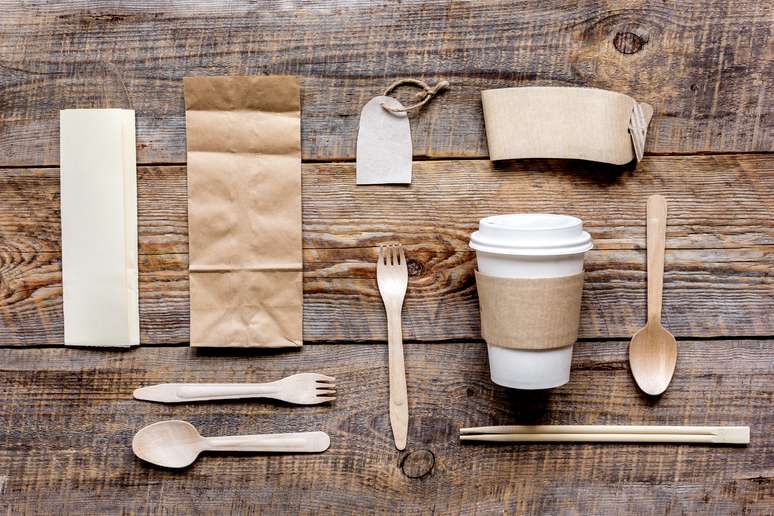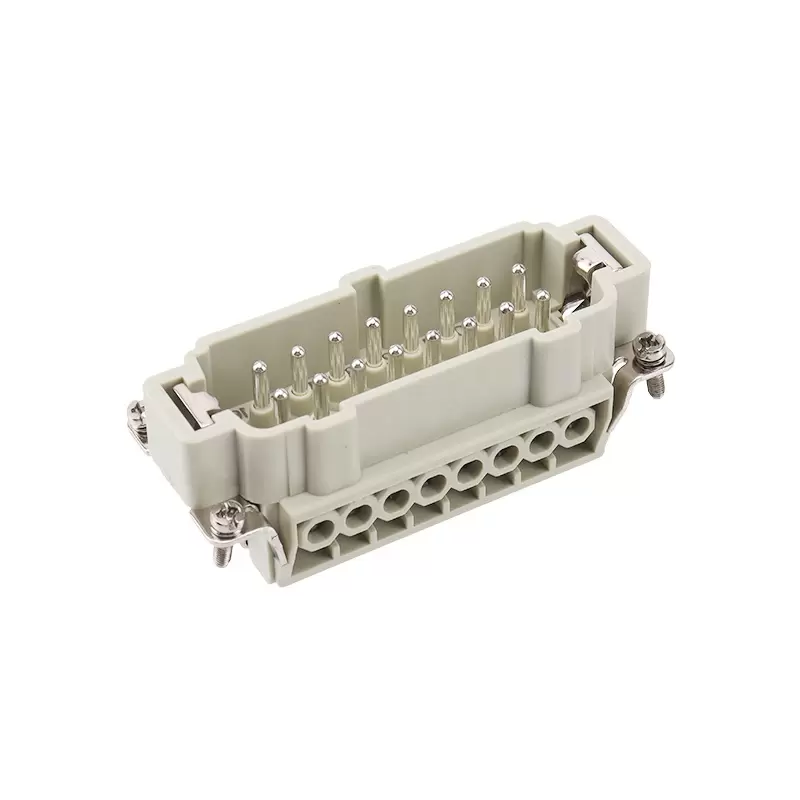
In the world of materials and product design, two terms often come up in conversation: durability and sturdiness. While they may seem synonymous, they hold distinct meanings that can significantly impact the quality and longevity of a product. So, does durable mean sturdy? The answer is not as straightforward as one might think.
Durability refers to the ability of a material or product to withstand wear, pressure, or damage, thereby ensuring its longevity. It is a measure of how well a product can resist degradation over time, whether from environmental factors, usage, or both. Durability is about the long-term performance of a material or product.
On the other hand, sturdiness refers to the ability of a material or product to maintain its structure under stress without deforming or breaking. It is a measure of a product's resistance to immediate physical stress or impact. Sturdiness is about the short-term resilience of a material or product.
While both durability and sturdiness are crucial aspects of a product's quality, they are not interchangeable. A product can be sturdy without being durable. For example, a glass vase may be sturdy enough to hold a heavy bouquet of flowers without deforming, but it may not be durable enough to withstand a fall onto a hard surface. Conversely, a product can be durable without being sturdy. A rubber ball, for instance, may be durable enough to last for years without showing signs of wear, but it may not be sturdy enough to maintain its shape under heavy pressure.
Understanding the difference between durability and sturdiness is crucial in various industries, from construction and manufacturing to product design and quality control. It helps professionals select the right materials for their products, ensuring that they meet the required performance standards and customer expectations.
Moreover, the distinction between durability and sturdiness becomes even more critical in the era of sustainability. As consumers become more environmentally conscious, they demand products that not only perform well but also last longer, reducing waste and the need for replacement. Therefore, manufacturers must consider both the durability and sturdiness of their products to meet these evolving consumer demands.
In conclusion, while durability and sturdiness may seem similar, they represent different aspects of a material or product's performance. Durability is about longevity and resistance to wear over time, while sturdiness is about resilience to immediate physical stress. Understanding these differences is crucial for professionals in various industries and for consumers seeking high-quality, sustainable products.


